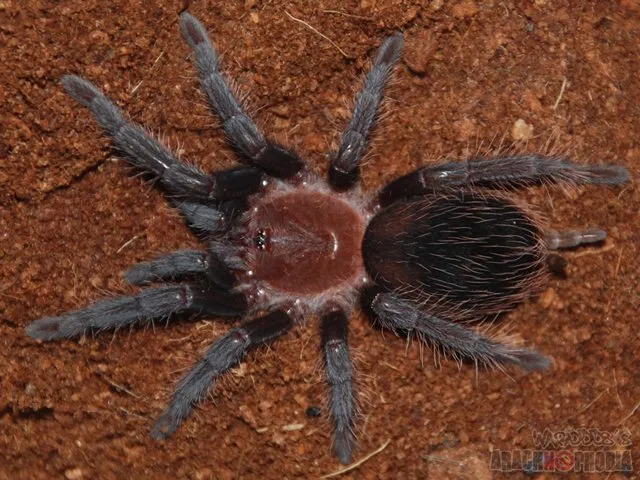What is the Honduran Curly Hair Tarantula?
The Honduran curly hair tarantula (Tliltocatl albopilosus), often simply called the curly hair tarantula, is a popular species in the pet trade, known for its docile temperament and distinctive appearance. Native to the rainforests of Honduras, Costa Rica, and Nicaragua, these tarantulas are prized for their relatively easy care requirements and gentle nature, making them a good choice for beginner tarantula keepers. Their name comes from the abundance of curly hairs that cover their bodies, giving them a unique and appealing look. This species is relatively hardy and can thrive in a variety of conditions, provided their basic needs are met.
Appearance and Characteristics
The Honduran curly hair tarantula is a medium-sized tarantula, with females reaching up to 6 inches in leg span. They are predominantly dark brown or black in color, with long, curly hairs that are typically a lighter shade of brown or gold, giving them a fuzzy appearance. These hairs cover their carapace, legs, and abdomen, providing them with a distinctive, almost cuddly look. The overall appearance of the curly hair tarantula is quite appealing, contributing to its popularity. The females are generally larger and live longer than the males, who reach maturity faster and have a shorter lifespan. As they mature, the curly hairs become more prominent, contributing to their unique aesthetic.
Understanding the Temperament
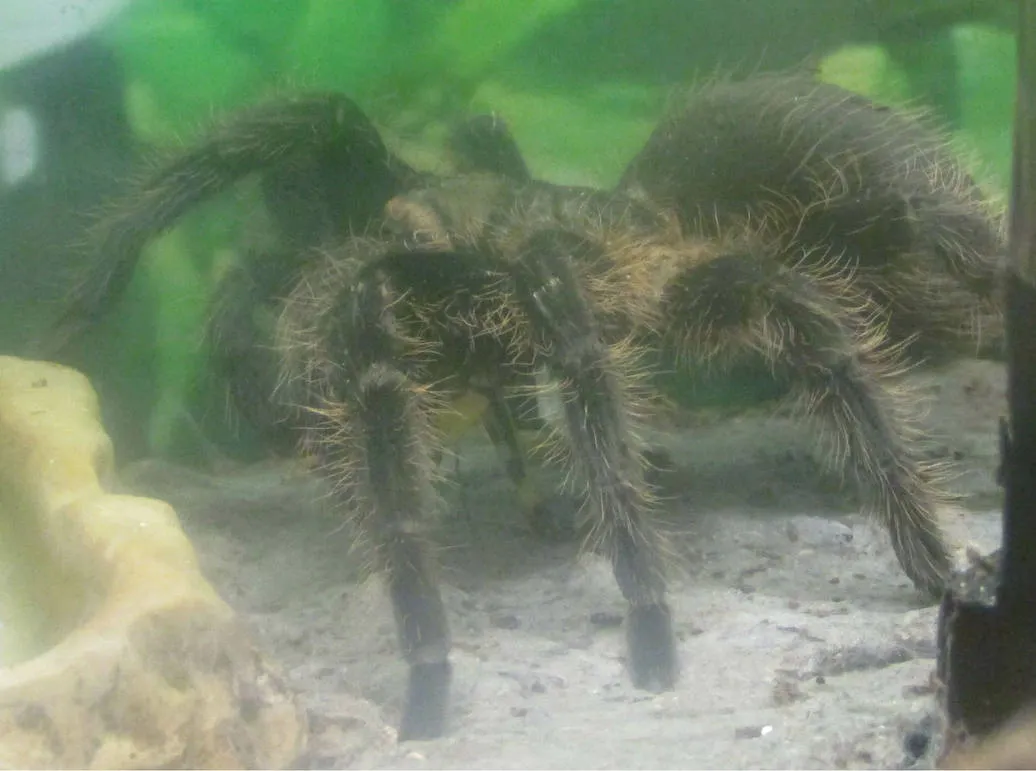
Understanding the temperament of a curly hair tarantula is crucial for responsible pet ownership. While generally considered docile, it’s important to remember that these are still wild animals, and their behavior can vary. Their temperament is influenced by various factors, including their individual personality, environmental conditions, and the way they are handled. They are not typically aggressive and are less likely to bite compared to some other tarantula species. However, they have defensive mechanisms they will use if they feel threatened. Learning to read your tarantula’s cues is essential to ensure a positive and safe experience for both you and your pet.
Handling and Interaction
Handling a curly hair tarantula should be done with caution and only when necessary. While they are generally not aggressive, they can be skittish and may flick urticating hairs as a defense mechanism. Handling should be kept to a minimum to avoid stressing the tarantula. If you need to handle your tarantula, do so close to the ground or a soft surface in case it falls. Always wash your hands before and after handling to avoid transferring oils or chemicals that could harm the tarantula. Be mindful of the tarantula’s body language and place it back in its enclosure if it shows signs of stress or discomfort. Building a relationship with the tarantula through observation and gentle interaction is key.
Defensive Behaviors
Even with a generally docile temperament, curly hair tarantulas possess defensive behaviors. The most common defense mechanism is the flicking of urticating hairs. These hairs, located on their abdomen, are barbed and can cause significant irritation if they come into contact with skin or eyes. The tarantula will kick these hairs off its abdomen toward a perceived threat. They may also adopt a threat posture, rearing up on their hind legs with their fangs bared, as a warning. Another defensive behavior includes fleeing. Understanding these defensive behaviors is vital for responsible ownership and can prevent unnecessary stress for both the tarantula and the keeper. Always respect the tarantula’s space and body language.
Burrowing and Hiding Habits
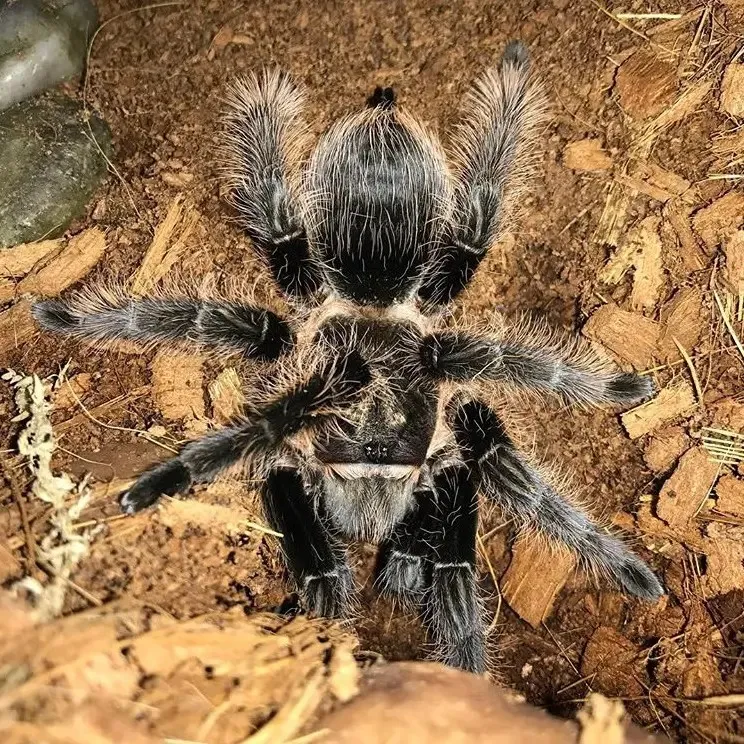
In their natural habitat, Honduran curly hair tarantulas are primarily burrowers, constructing underground homes to provide security and regulate their environment. In captivity, they retain this instinct and need a suitable substrate in their enclosure to allow for burrowing. A substrate consisting of a mix of coco fiber, peat moss, and vermiculite is ideal for burrowing. Providing a hide, such as a cork bark, is also essential. The tarantula will use the hide to retreat to when feeling threatened or to simply rest. This behavior is important for their well-being, and providing a suitable environment is crucial for a happy and healthy tarantula.
Feeding and Nutrition
Nutrition plays a vital role in the overall temperament and health of your curly hair tarantula. They are insectivores and primarily eat insects such as crickets, mealworms, and roaches. The size of the prey should be appropriate for the size of the tarantula, with the general rule being that the prey should be no larger than the tarantula’s body. Feeding frequency depends on the age and size of the tarantula, with juveniles needing to be fed more often than adults. Fresh, clean water should always be available. A well-fed tarantula is a healthy tarantula, and a healthy tarantula is more likely to exhibit a calm temperament.
Ideal Habitat for a Happy Tarantula
Creating the ideal habitat is crucial for a happy curly hair tarantula. The enclosure should be appropriately sized, with enough space for the tarantula to move and burrow. The enclosure should be well-ventilated and escape-proof. The substrate should be deep enough to allow for burrowing, and a hide should be provided. The enclosure’s temperature and humidity levels should be carefully monitored and maintained within the appropriate range for the species, typically around 75-80°F (24-27°C) and 60-70% humidity. A well-maintained habitat helps minimize stress and contribute to a calmer temperament.
Health and Lifespan
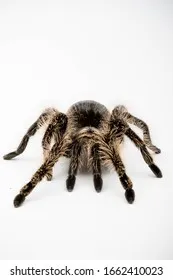
Honduran curly hair tarantulas are generally hardy and can live for a considerable amount of time with proper care. Females can live for up to 10-15 years or more, while males typically have a shorter lifespan, living for only a few years after reaching maturity. Keeping your tarantula healthy involves providing a balanced diet, a clean and appropriate habitat, and regular observation for any signs of illness or distress. Common health issues include parasites, dehydration, and injuries from falls. Any concerns should be addressed promptly by a veterinarian experienced in exotic animals. A healthy tarantula is more likely to exhibit a positive temperament.
Top 5 Facts About Curly Hair Tarantula Temperament
Fact 1: Generally Docile
Curly hair tarantulas are renowned for their generally docile nature, making them a popular choice for beginner tarantula keepers. They are typically not aggressive and are less prone to biting compared to many other tarantula species. While individual personalities can vary, the overall tendency is towards a calm and relaxed demeanor. This docility contributes to the appeal of the species, as it allows for easier observation and interaction with the tarantula.
Fact 2: Can be Skittish
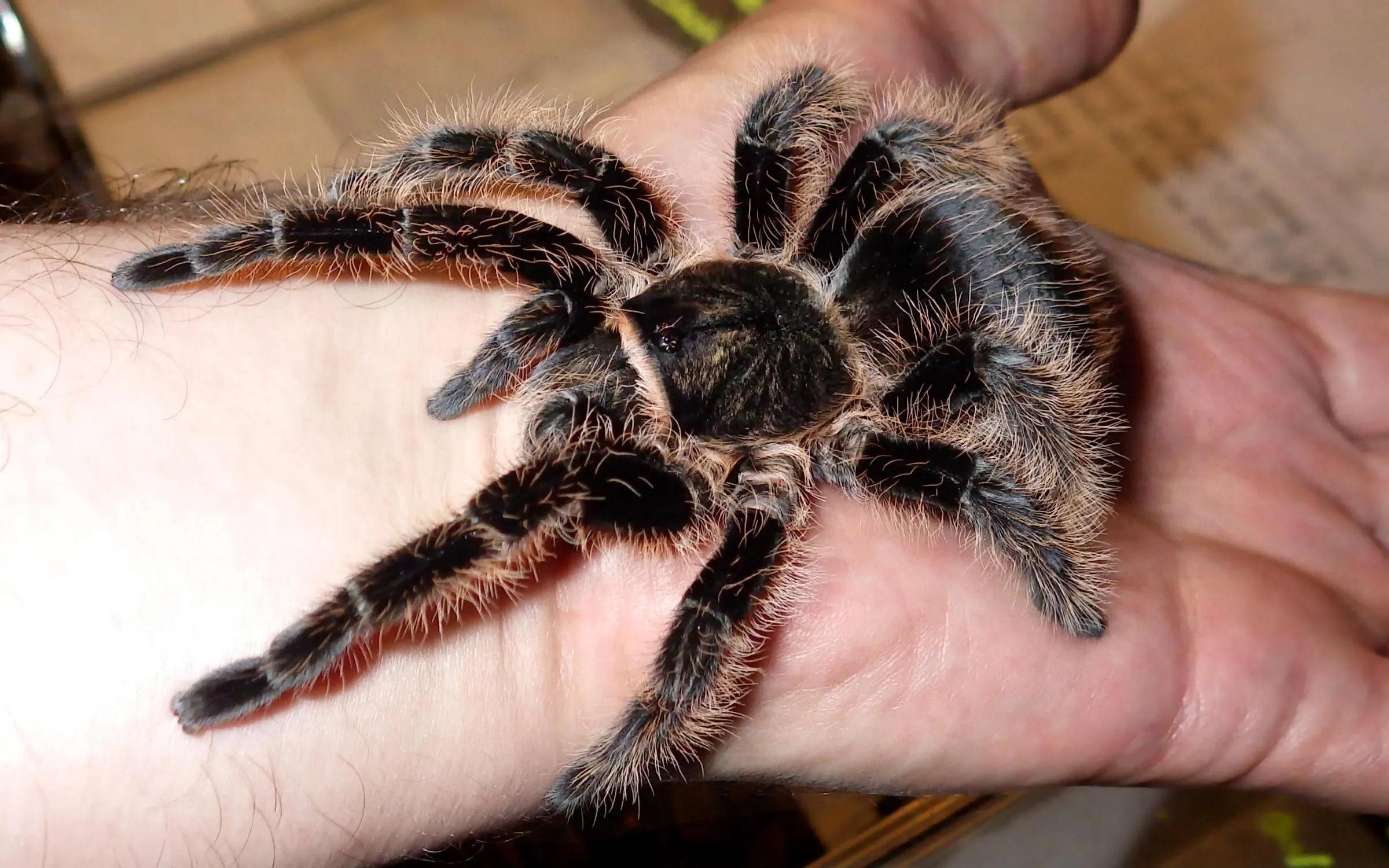
Despite their generally docile nature, curly hair tarantulas can be skittish, especially when startled or feeling threatened. Sudden movements, loud noises, or vibrations can trigger a defensive response. This skittishness is a natural behavior and is part of their instinct to protect themselves from perceived danger. Providing a secure and quiet environment, and moving slowly when interacting with the tarantula, can help minimize skittish behavior and keep the tarantula calm and relaxed.
Fact 3: Defensive Hairs
Curly hair tarantulas possess urticating hairs on their abdomen, which they use as a primary defense mechanism. These hairs are barbed and can cause significant irritation if they come into contact with skin or eyes. When feeling threatened, the tarantula will flick these hairs off its abdomen towards the perceived threat. This defensive behavior is a key aspect of their temperament. Keepers should be aware of this and avoid actions that might provoke the tarantula to flick its hairs.
Fact 4: Slow to Bite
Compared to many other tarantula species, curly hair tarantulas are generally slow to bite. Biting is typically a last resort and is usually only employed if the tarantula feels extremely threatened or cornered. Their preference is usually to flee or use their other defensive mechanisms, such as flicking urticating hairs. Proper handling techniques and a calm, respectful approach can further reduce the likelihood of a bite.
Fact 5: Individual Personalities
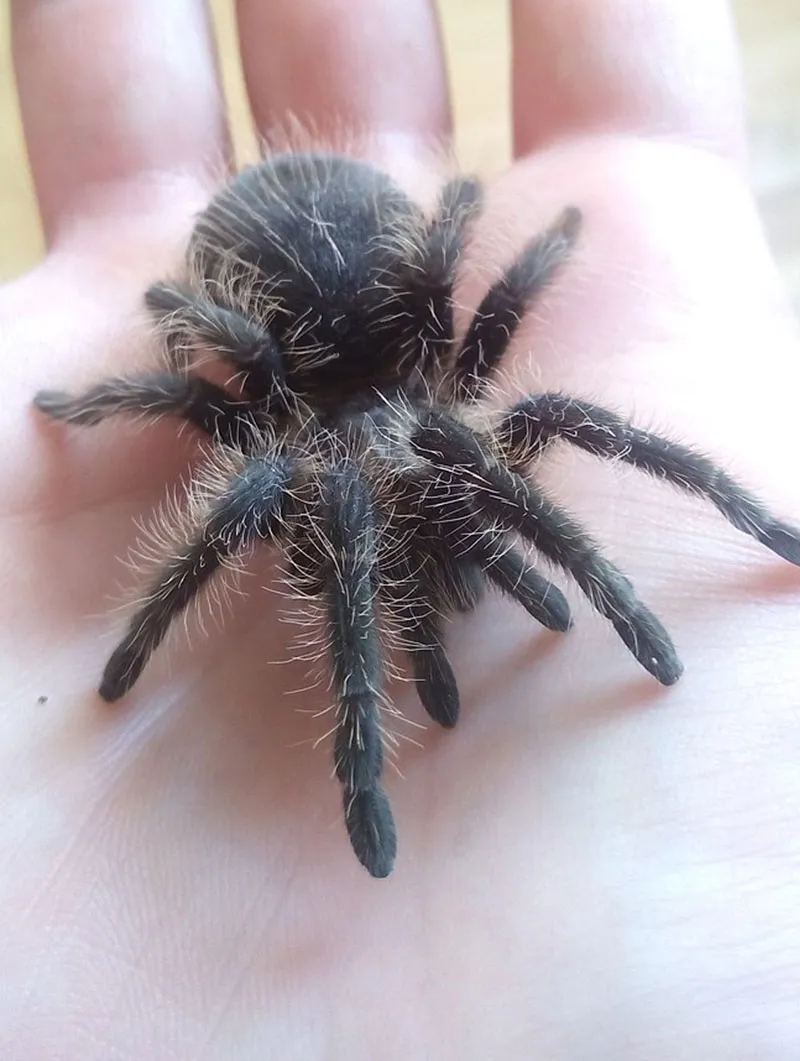
Like any species, curly hair tarantulas exhibit individual personalities. Some may be more docile and tolerate handling, while others may be more skittish or defensive. Factors like age, environmental conditions, and prior experiences can influence their behavior. Getting to know your individual tarantula and understanding its specific temperament is an essential part of responsible tarantula keeping. Observing your tarantula’s behavior over time will help you understand their specific personality and how to best interact with them.
Common Misconceptions about Temperament
There are several common misconceptions about the temperament of curly hair tarantulas. One is that they are completely harmless. While they are not typically aggressive, they still possess defensive behaviors, and their urticating hairs can cause irritation. Another misconception is that they are always easy to handle. While some individuals may tolerate handling, it’s essential to remember that they are still wild animals and may become stressed by frequent handling. It is also a misconception that they are all the same. Individual personalities, varying from calm to more defensive, exist within the species.
Debunking Myths
It is important to debunk myths regarding the temperament of these tarantulas to ensure responsible ownership. It is a myth that they are a pet that you can handle anytime or frequently. It is a myth that they are not defensive. It is a myth that all tarantulas are the same in the same species. Educating yourself with factual information from reputable sources helps ensure a positive and safe experience. Understanding the real nature of these animals and their inherent behaviors is crucial for all keepers.
Why Temperament Matters
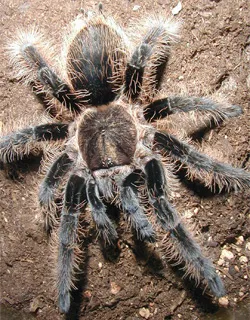
The temperament of a curly hair tarantula has a significant impact on the overall experience of keeping the species. A calmer, less defensive tarantula is generally easier to observe and care for, making the ownership experience more enjoyable for the keeper. Understanding the temperament is also crucial for the tarantula’s well-being, minimizing stress and reducing the likelihood of defensive behaviors. Being aware of the tarantula’s temperament allows keepers to create a suitable habitat, handle the tarantula appropriately, and respond to its needs.
Ensuring a Positive Experience
Ensuring a positive experience with a curly hair tarantula requires careful attention to its needs. This includes providing a suitable habitat, maintaining the correct temperature and humidity, and offering a proper diet. Minimize handling, and only handle when necessary. Always watch the tarantula’s body language. Regular observation and creating a stress-free environment are also essential. A well-cared-for tarantula is more likely to exhibit a calm and predictable temperament, leading to a rewarding experience for the keeper.
Conclusion
In conclusion, the Honduran curly hair tarantula is a fascinating species with a generally docile temperament. Understanding their behavior, defensive mechanisms, and individual personalities is crucial for responsible pet ownership. By providing a suitable habitat, minimizing handling, and respecting the tarantula’s needs, you can ensure a positive and rewarding experience. Always remember to research and educate yourself, as well as to consult with experienced keepers or veterinarians, if you have any questions or concerns. With the right care and approach, the curly hair tarantula can be a wonderful companion.
